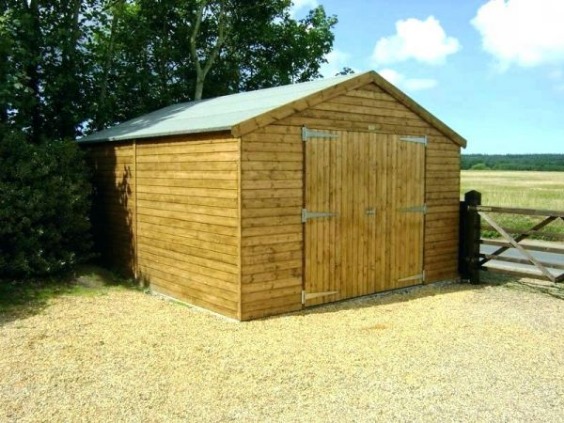4 x 20 Hip Roof Shed Assembling Schematics - Factors To Contemplate When Creating A Backyard Shed


Nail boards together with your nail gun. From our experience, we recommend you to construct rafters and the trusses on the ground and lift them to the top plates. Oppositely, fit the front and the back drip edges over the roofing felt. In past, 2x4s or 2x6s were sometimes used as floor joists. Be sure to understand chain saw safety. This project was about small storage outbuilding schematics. If you have a decent backyard and you want to organize all (https://shedconstructionplans.com/10x12-greenhouse-shed-plans-blueprints) your tools and equipment in a professional manner, you should consider building a small shed. After augering holes to depth shown on your schematics you place a temporary board perpendicular to column to suspend the pole off bottom of hole.
You should then use whatever is best in your area for covering the sides and roof. Standard 1-inch-thick furring strips take up less room, an important consideration in small areas where you don't want to lose space. Place the studs equally-spaced and check if corners are square. After losing a cabin to high water a friend of mine has chained their remaining buildings to trees or anchors drilled into the granite. Then position a top side plate flush with the outside edges of the top girt and fasten it down on the top side girts and to tops of posts.
Measure up from the bottom girts, and mark the locations of top side girts on each end post and the center side posts. While not as strong as higher grades, the flaws in 2-grade lumber are generally not enough to seriously weaken boars. It has been almost 10 years now and everything is still tight (click here for info) and firm. Assemble the back wall frame as shown on illustration above. It shows you how to frame it, use your imagination. All nails were put in at an angle to ensure they would not creep up. It's commonly built with lumber that's wide enough to completely cover the exposed end of the rafter tail.
If your chimney opening is less than 24 inches wide, no modifications to your design are necessary. It provides a soft, protective base for the rubber. We then cinched nails over on inside of rafter to prevent nail pokes. Building it too close to trees, shrubs, fences or other structures will block out sunlight and wind that help keep a outbuilding dry. When remodeling, flooring and subfloor may be removed to install the blocks. As complicated as this might seem and as many places that would try to tell you that you need to fully understand complex geometry, reality is much simpler.
Eliminate timber framing basics mistakes by chalking a full-size map of your walls directly on the floor. Paint was the same color as house, two coats on the exterior. Fiber glass insulation in the ceiling and walls and solid foam insulation on floor combine to craft an easy to heat and comfortable shed setup. Its added strength compared to two-by-four lumber makes it essential for two- and three-story residences and highly appropriate for homes in seismic areas. Than fasten it to anchor and stringers. Now all you need is to attach pieces of thick particle board and isolate with roof tiles or plastic so there are no water leaks.
A double wall follows same framing pattern as a single wall. Male sure there are no gaps between the sheets of siding. Paint door and exterior trim with alkyd primer and two coats of top-quality exterior latex paint. Overlap battens at corners using 75m x 25mm batten on one side of each corner and 100mm x 25mm batten on other side. A framing hammer makes it easier to nail floor trestles to girders. Many slope in several directions, like squashed hip roofs, toward scupper holes that connect to downspouts. If you plan to have eaves to protect outbuilding walls, make sure you add the extra length when measuring the rafters.
We accomplished this by using a flip-top table meant to support long pieces of timber as they get fed into saw. Make two more identical marks and cuts, to set up three 2-by-4s to serve as a doubled top plate and single bottom plate. The front wall requires an opening for the gable-end window. This represents the outbuilding roof, which would have just under a 10-degree pitch to direct water away from the house. If your house is built on a concrete slab, the slab could serve as a base for almost any type of flooring. Cut the studs and wall plates at the right size and assemble the frame on ground.